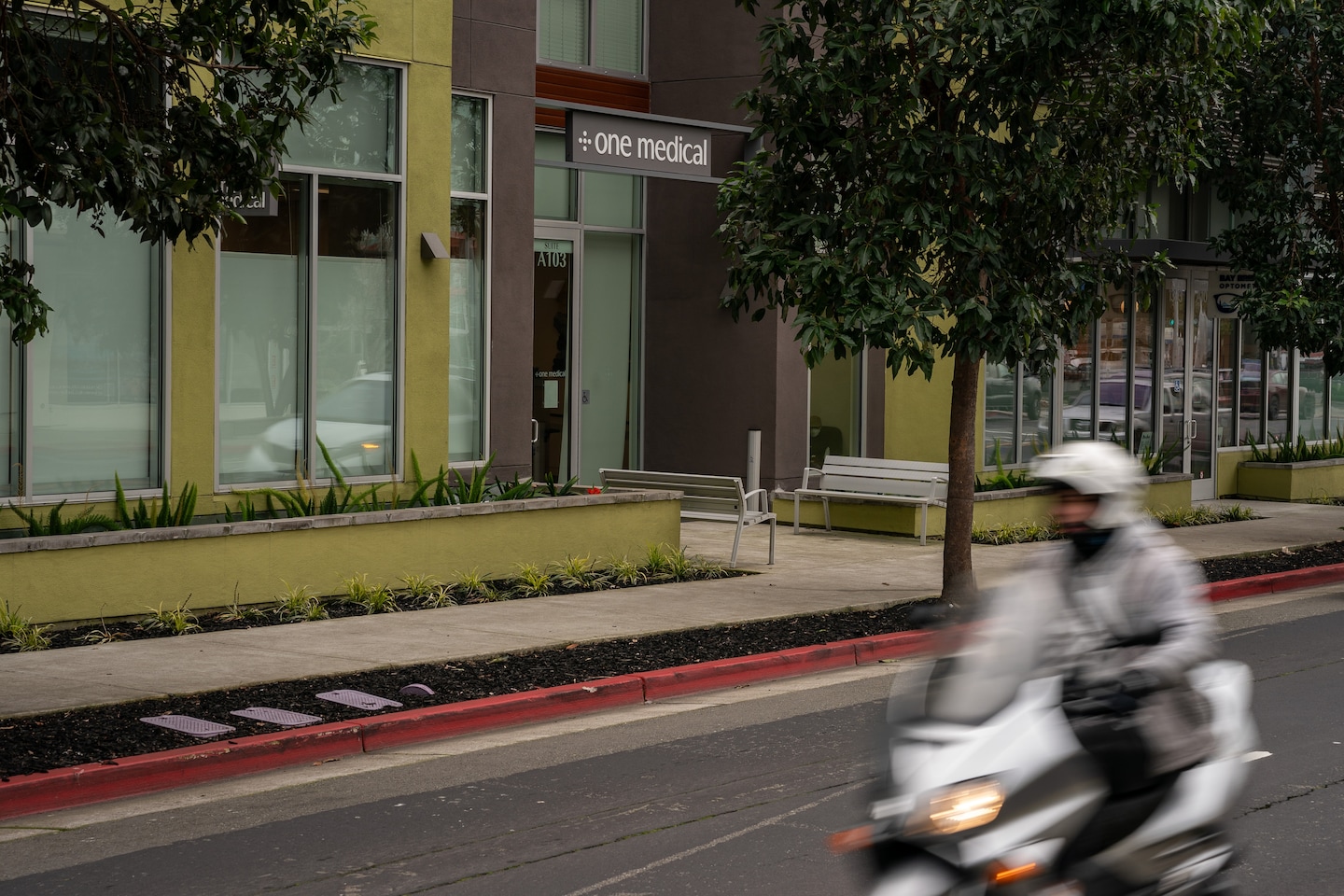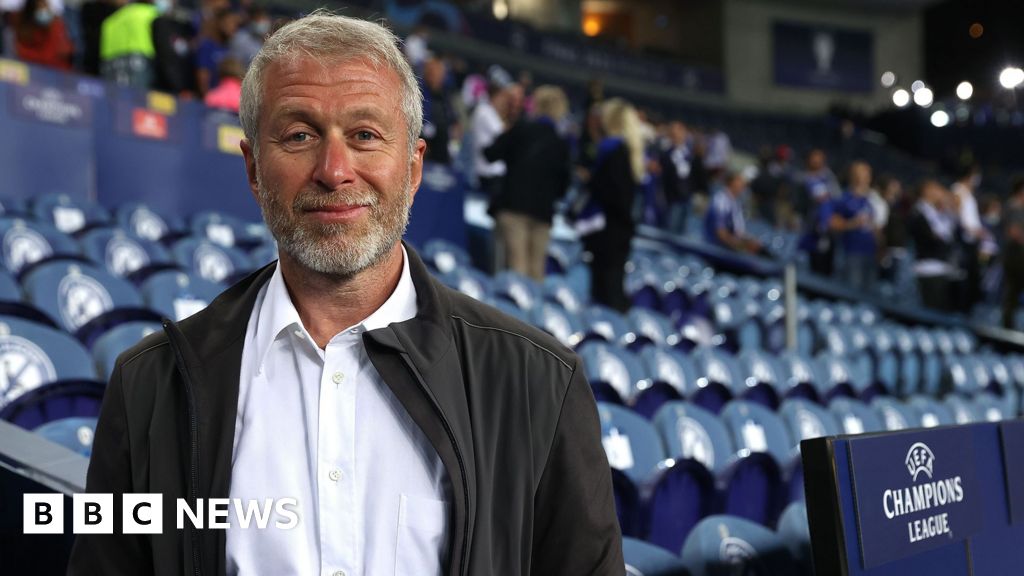
Leaked documents reveal patient safety issues at Amazon’s One Medical
- Science
- June 16, 2024
- No Comment
- 129
When one patient reported a “blood clot, pain and swelling,” call center staff scheduled an appointment rather than escalating the matter for medical evaluation, according to a note in an internal incident tracking spreadsheet dated Feb. 19.
Over the following two days, clinical staffers flagged four more call-center errors involving elderly patients with urgent complaints, including stomach pain and blood in stool, a spike in blood pressure, an insect bite and sudden rib pain, according to the internal spreadsheet.
The call-center incidents were among dozens flagged by doctors, nurses and assistants at One Medical Seniors between Feb. 19 and March 18 in the documents, a year after Amazon acquired the primary-care service. One Medical began routing elderly patients to the call center in Tempe, Ariz., staffed partly by newly hired contractors with limited training and little to no medical experience, according internal documents seen by The Post and interviews with four current and former One Medical workers.
Since Amazon formally acquired One Medical in February 2023 in a $3.9 billion deal, the company has alarmed patients and employees by eliminating free rides, shortening appointments and laying off staff. Now evidence of potentially life-threatening situations at the Tempe call center is raising fresh concern that Amazon’s frugal approach to health care may be imperiling patient safety.
GET CAUGHT UP
Stories to keep you informed
“There were a lot of things slipping through the cracks,” said a former One Medical employee, who like others interviewed for this article spoke on the condition of anonymity to avoid professional retaliation.
With its devotion to “customer obsession” and convenience, Amazon argues that it can add value to America’s broken health-care system, which is plagued by long waits, high costs and rampant inefficiencies. But since launching a push into health care in 2018, Amazon has struggled to protect patient privacy, deliver quality care, and find a business model that works for customers.
In April, Amazon CEO Andy Jassy acknowledged that the company’s approach to health care “can sometimes feel random.” But he said he remains optimistic and Amazon recently ratcheted up its efforts, offering One Medical membership discounts to Prime members.
When Amazon acquired One Medical, it included two businesses: An upmarket $199-a-year subscription primary care service that allows patients to use an app to book doctor appointments at clinics throughout the United States and Iora Health, a clinic for chronically ill patients largely reliant on Medicare.
In 2022, the year Amazon bought One Medical, Medicare funding made up a little over half of its annual revenue of $1.05 billion. Amazon declined to provide updated figures to The Post.
Amazon said it created the Tempe call center for its senior patients last year “to increase access and quality of care.” Amazon founder Jeff Bezos owns The Post.
Asked to respond to the incidents, Amazon spokeswoman Dawn Brun responded via email: “While we are confident in our safety protocol … we take feedback from our providers seriously and will always address anything that is less than a great experience.” Brun added that Amazon doesn’t get involved in One Medical patient care decisions.
Amazon said it was not aware of any patients who were harmed because of call center errors.
Natalie Benda, an assistant professor at the Columbia School of Nursing, said creating a call center like the one in Tempe could indeed improve patient access to medical care. But “if it’s not done by someone who is trained appropriately,” she said, “I can see how it would be a patient safety issue.”
Internally, the Tempe call center is referred to as “Mission Control.” Calls are fielded by a mix of full-time employees and contract workers hired by Teksystems, a staffing agency.
The contract workers are not required to have experience in the medical field, and the main qualifications are being able to use a computer and phone, according to job listings and two staffers who worked in the call center. Call center workers undergo two weeks of classroom training before they start taking patient calls, according to a former call center employee, who spoke on the condition of anonymity for fear of retaliation.
Amazon said its contractors take calls under supervision for two weeks after classroom training, followed by a week of coaching. The company pointed to job listings that say new hires should be “comfortable navigating or learning all things health care.” Amazon said it’s more efficient to hire through Teksystems, which has its own sick leave policy, and that its training program is adequate.
One Medical’s competitors in geriatric primary care, CVS’s Oak Street Health and ChenMed also use call centers to field inquiries from patients. (Archwell Health, another competitor, allows patients to place calls directly to clinics.)
According to training documents obtained by The Post, One Medical is aware that “speaking with someone from outside the office might conjure concerns about delays in patient care or diligence,” especially for patients who were previously able to call their doctor’s office directly.
“We do not need to draw attention” to who is “handling patient concerns,” the documents say. “However, if a concern is expressed, our goal is to reassure the patient that we are a trained and skilled One Medical Support Specialist and Part of their Care team.”
But two former call center employees called that guidance misleading, and disputed the claim that call center workers are sufficiently “trained and skilled” to handle patient calls.
One of them, who worked as a manager, said the company tries to cram too much information into two weeks in the classroom. He said he suggested extending the training period and hiring more employees directly rather than as contractors, but management denied his request.
“My feedback to them was, fine, but understand, if we try to pump these people out of these classrooms, you’re going to have an increase in patient safety issues. Which we did,” said the manager, who noted he was fired in March.
According to One Medical training documents seen by The Post, if a senior patient calls in with one of 17 “red flag” symptoms such as shortness of breath or sudden headache, call center employees are supposed to escalate the call to One Medical’s virtual medical staff.
But identifying these symptoms when talking to patients can be difficult, current and former One Medical staffers said. As a result, there were patients “who should have been triaged to emergency rooms or urgent care, and that wasn’t happening,” the former Colorado-based employee said.
For example, on March 7, a doctor in Colorado flagged a call from a patient experiencing chest tightness. According to the spreadsheet, the call center staffer had scheduled an in-office appointment the next day.
The first of the 17 red flag symptoms is “chest pain/pressure/heaviness.” The doctor who flagged the call noted that it should have been escalated and expressed concern that call center staff don’t “understand that they are triaging patients themselves.”
Such errors increased concerns that call center staff were making medical decisions they weren’t qualified to make, the current and former employees said.
Amazon said the call center worker involved in the incident was retrained and that the patient was not harmed.
‘I don’t want Amazon taking care of me’
Amazon said it created the Tempe call center as part of a centralized support system intended to answer patient phone calls faster and free up clinic staff to focus on patients. The company said patient visits recently increased from around five per day per doctor to as many as 14 per day.
But not all One Medical patients see the changes as an improvement.
Late last year, Mary Ann Stone, 92, was experiencing confusion, pain, impacted bowels and a recurring urinary tract infection — symptoms her daughter said were “hard to describe to a call center, especially a call center that has no experience with this kind of thing.”
One Medical encouraged her to come in for an appointment, but Stone ultimately wound up in the hospital. Her daughter said she doesn’t blame One Medical, but wishes she’d taken her mother there sooner: Stone died in March.
“I don’t want anyone to have to go through this,” said the daughter, who spoke on the condition of anonymity because she fears retaliation. “I don’t want Amazon taking care of me.”
A Colorado patient who said he called One Medical three times and waited between 30 and 90 minutes to talk to someone was “concerned with the lack of communication access,” according to the internal documents. Another patient’s daughter said she was worried her mom “may not try to contact [One Medical Seniors] for medical concerns if she believes no one will answer,” incident reports said.
Marilyn Overcast, 79, a One Medical patient in Shoreline, Wash., said she waited hours for a call back about her thyroid medication. “It’s frustrating,” said Overcast, who said she also was shocked when her doctor abruptly left the company.
Amazon said One Medical clinicians operate independently of Amazon and that “quality of care and positive health outcomes are their number one priority.”
#Leaked #documents #reveal #patient #safety #issues #Amazons #Medical









